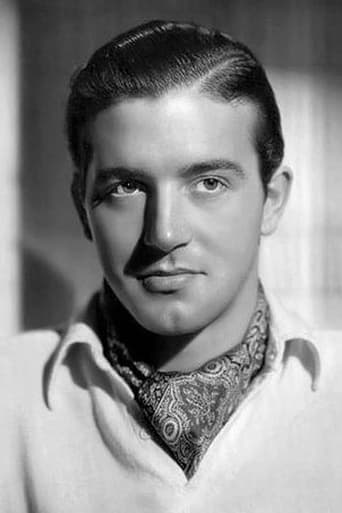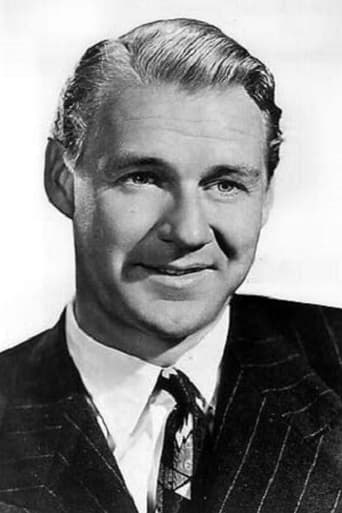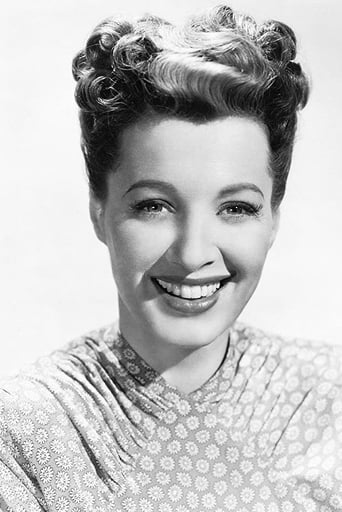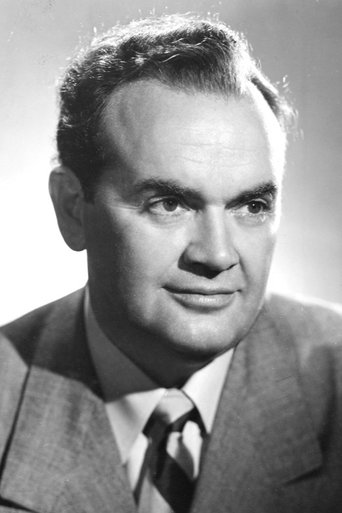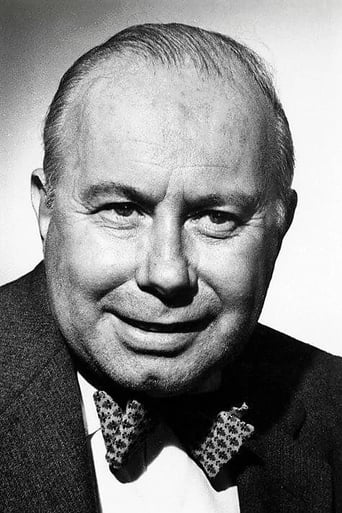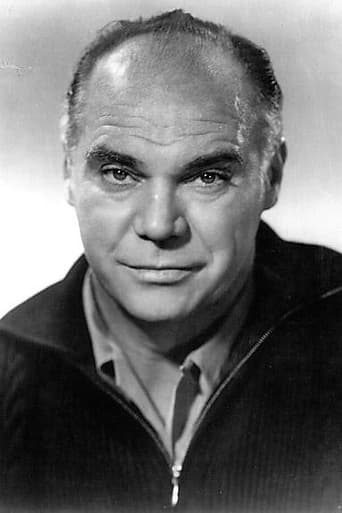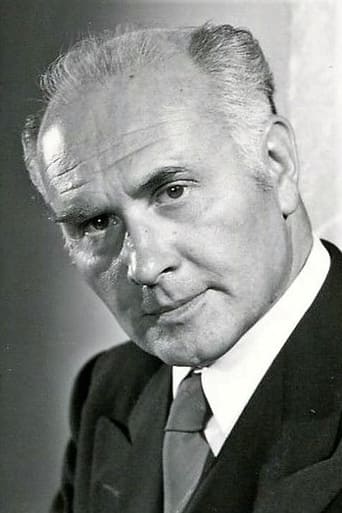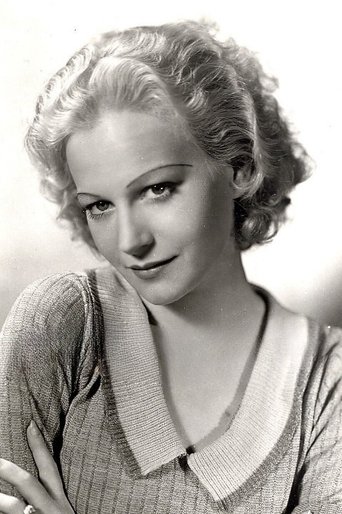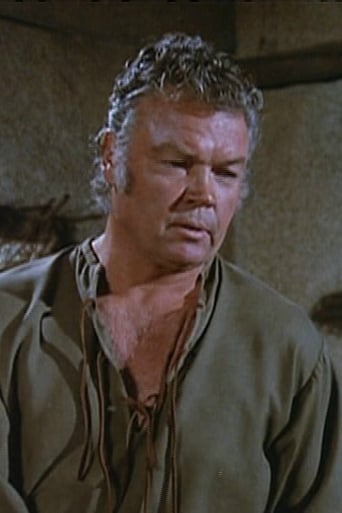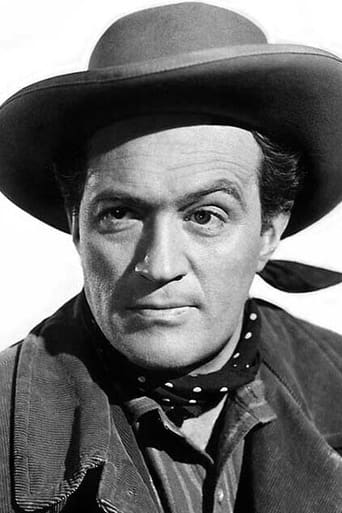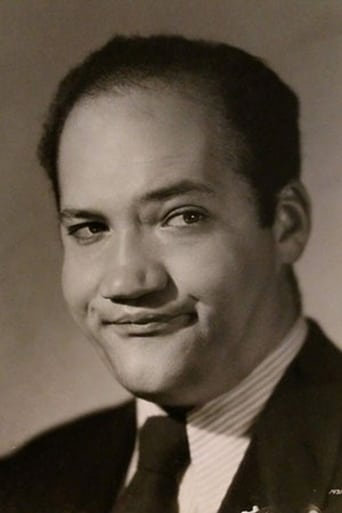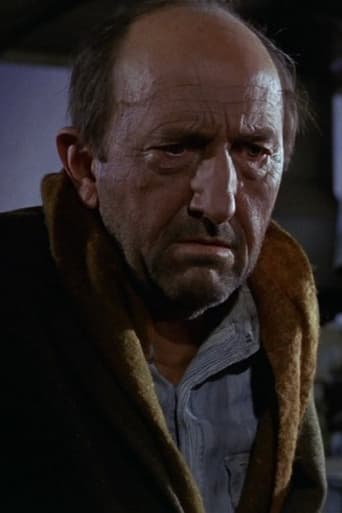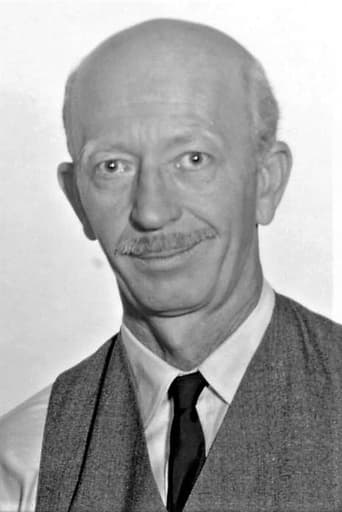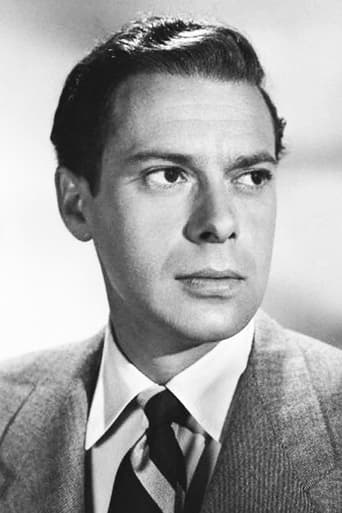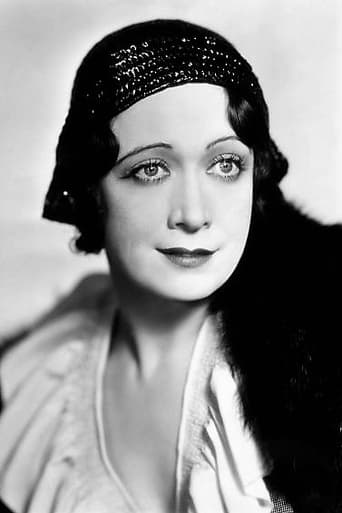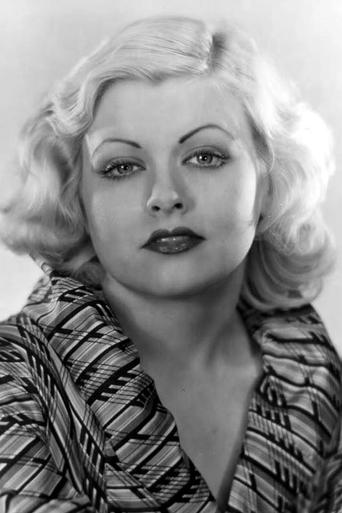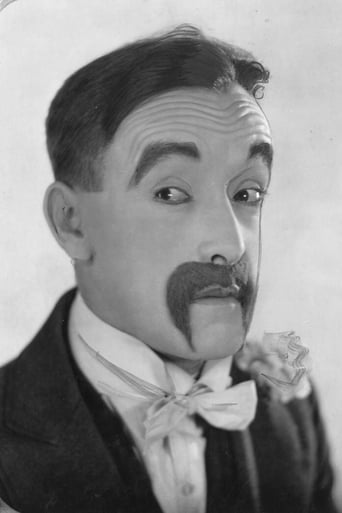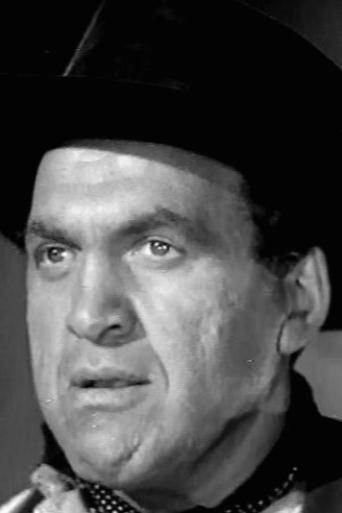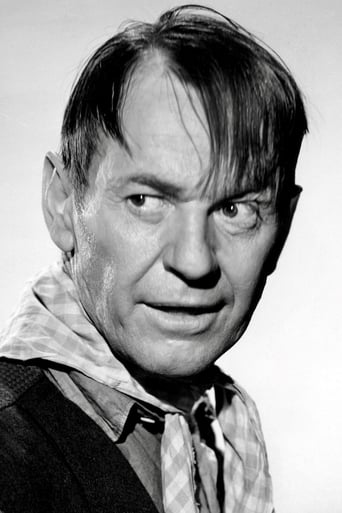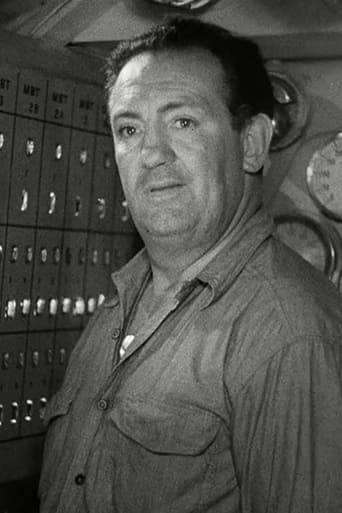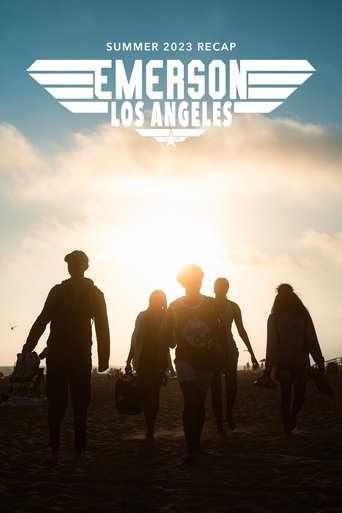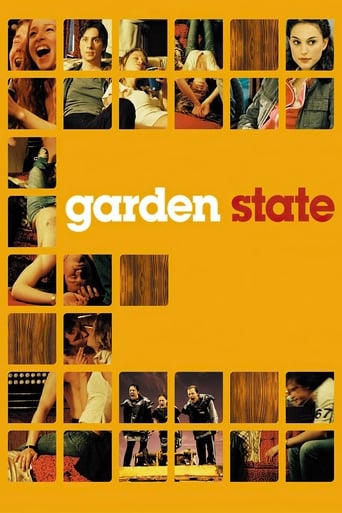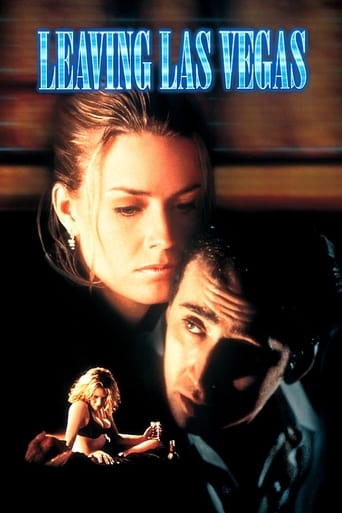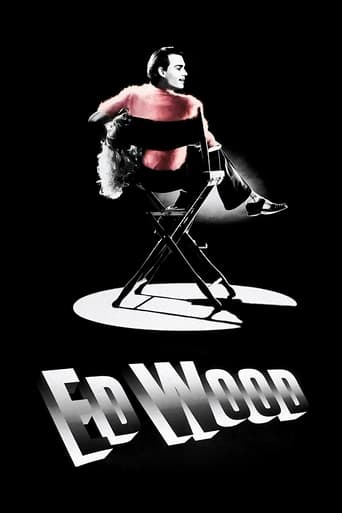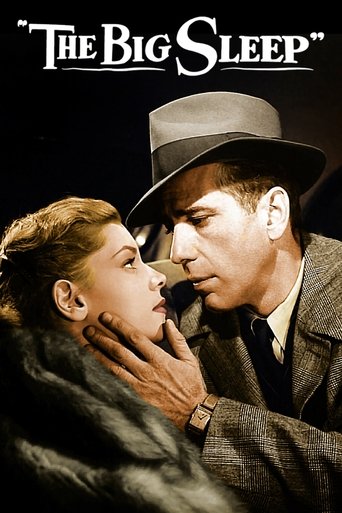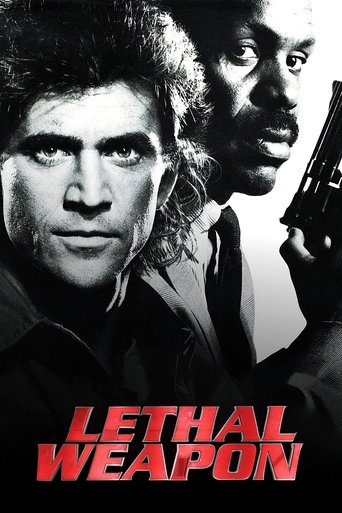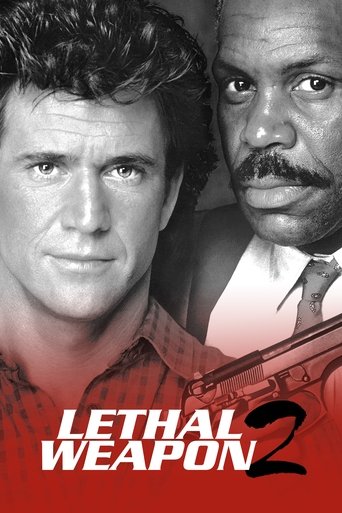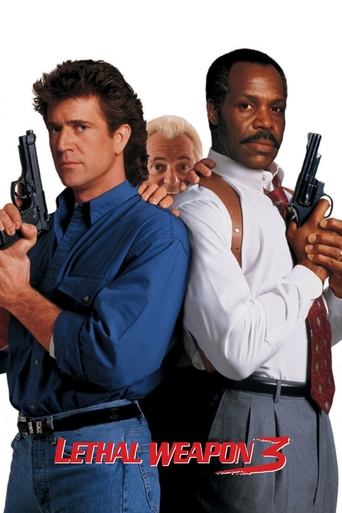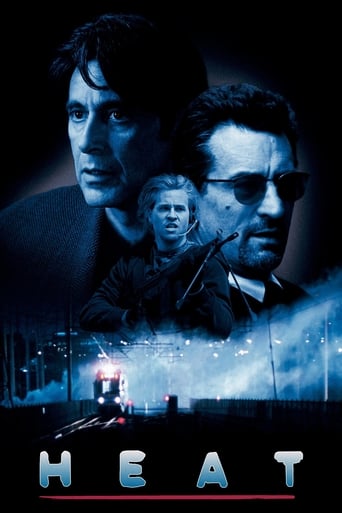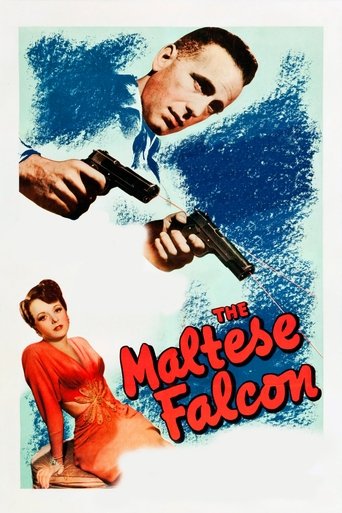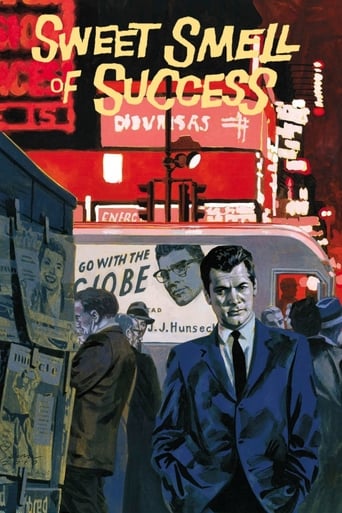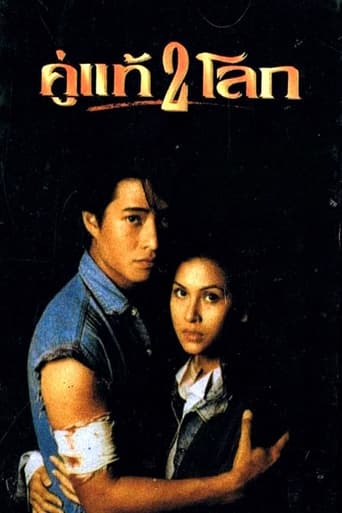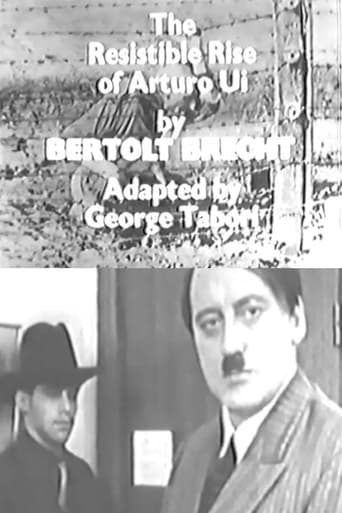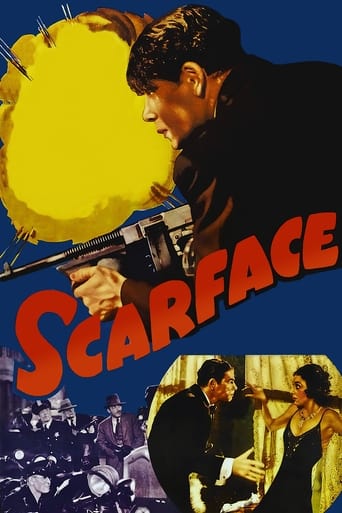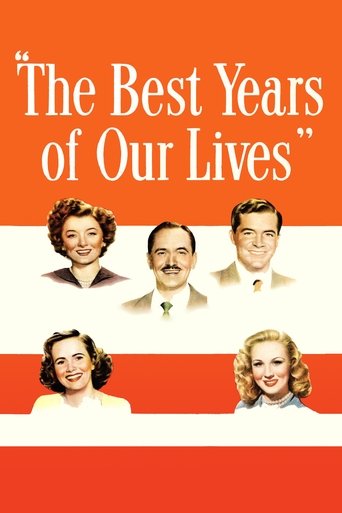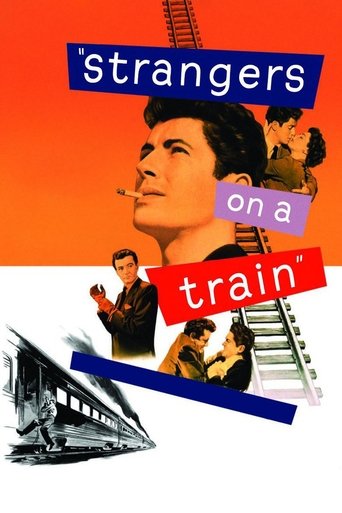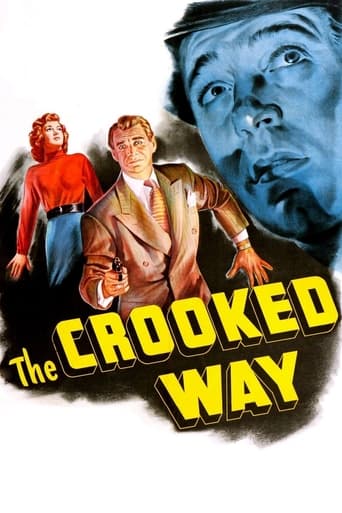
The Crooked Way (1949)
A war veteran suffering from amnesia, returns to Los Angeles from a San Francisco veterans hospital hoping to learn who he is and discovers his criminal past.
- Robert Florey
- Richard H. Landau
Rating: 6.4/10 by 29 users
Alternative Title:
Country:
United States of America
Language:
English
Runtime: 01 hour 30 minutes
Budget: $0
Revenue: $0
Plot Keyword: amnesia, war veteran, gangster, crime boss, film noir, gun battle, los angeles, california, war hero, post world war ii, framed for murder, veterans hospital, murdered cop, amnesiac, quest for identity, former gangster, gun death, war veteran with amnesia
Organic Shrapnel In The Head. The Crooked Way is directed by Robert Florey and adapted to screenplay by Richard H. Landau from the Radio Play “No Blade Too Sharp” by Robert Monroe. It stars John Payne, Sonny Tufts, Ellen Drew, Rhys Williams, Harry Bronson and Hal Baylor. Music is by Louis Forbes and cinematography by John Alton. World War II veteran Eddie Rice (Payne) is suffering from permanent amnesia after a piece of shrapnel was lodged in his brain. With no recollection of his past life, he heads off to the only place he has a link with, the army registration office in Los Angeles. No sooner does he arrive there he is picked up by the cops, and soon his past life slowly begins to piece together, and it doesn’t make for good news at all… The amnesia plot device is served up once again for a film noir make-over, with mixed results. As a story it just about registers as interesting, there’s not nearly enough made of the premise, with much of Eddie’s memory recollections a bit too convenient for comfortable dramatic purpose. The smart hook is that Eddie, now a genuine nice guy, begins to find out he was something of bad man, very much so, and there are plenty of people displeased with him. There’s also some considerable violence dotted throughout, aggression is palpable, while lead cast performances are more than adequate for the material to hand. However, on a visual level The Crooked Way is on a different planet to the screenplay. John Alton brings all his skills as a film noir cinematographer here, photographing the whole film through a noir kaleidoscope. Characters move through shadows and light, or are bathed in various dark reflections, with the interior sequences brilliantly adding an aura of mental fog. With Florey throwing his bit in the mix as well, with canted angles and isolated lighting of the eyes, it’s a top draw noir of the film making style. Their work deserves a better story, but regardless, because of the tech quality and the safe nature of the premise, this has to be a comfortable recommendation to anyone interested in film noir. 7/10

